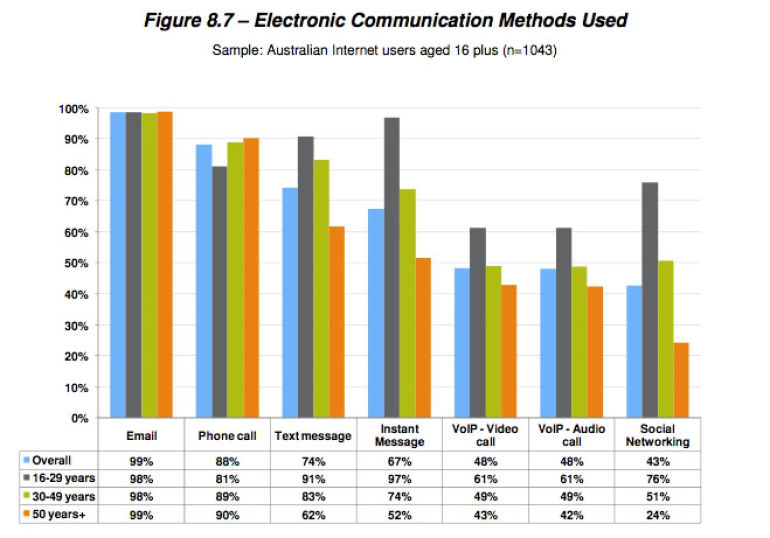Professional email communication - signatures, fonts and formats
As email communication becomes more frequent with your customers, it's worth checking the way that you write your emails. If you want the public to see your company as a legitimate professional business, you need to portray the image of a professional business in every thing that you do. One of these areas is email - and you'll need to handle it in the way that the public expects a professional company to handle it.
Email communication over the years has developed and changed from a letter style to a uniquely email style. This style, for businesses, include some rules of etiquette that you should follow to make sure your communication does portray the image of a professional company. Here are some guidelines, and then some absolute no-no's!
Basic guidelines
Include a signature
This is more a marketing thing than anything else. Often customers will want to call you or look up your address and they'll turn to your email to find this information. You can set up a signature to automatically be added to all your emails. Make sure that your signature includes your contact details, company name, and position in the company if appropriate. Your signature should be simple and professional.
Unexpected images or animations
Images and animations, pictures as attachments or even in the body of the email are not advisable. Of course, if you're sending pictures to someone with a purpose, that's different. Images, animations and attachments make the size of the email bigger, which can mean that it will either get stopped as 'too large' by someone's mail server, or simply be slow to download. This is becoming less of a problem as bandwidth becomes more freely available but it's still good to be sensitive to other people's internet access limitations.
Stationary backgrounds
Although less than images, stationary backgrounds can increase the size of the email, but really this one comes down to what image you want to portray. If a background with lots of colour and oomph is what your business needs - go for it. Most companies won't have any need for stationary backgrounds and should keep to plain text.
Prefer plain text format over HTML
This one is a personal choice but it's good to be aware of it. Plain text emails are smaller and don't include formatting, and you can be certain that when you send a plain text email it will be received in the same format as it was sent. When using HTML, some mail clients will change the formats of the email and it might not look as nice as you intended.
Of course, these are guidelines for your business that are of a 'big corporate' level, and certainly professionalism and your customers expectations can be different when dealing with the trades business. If your company's personality dictates that your emails are a little less professional in favour of being unique, you'll be able to see which is more important. Here are some absolute no-no's that regardless of what your business does, you should avoid.
Absolute no-no's
Spam blockers
We all hate spam. Probably even the spammers! But spam blocking programs are dangerous for your business - if your customer's email happens to go into a spam folder and get deleted, it doesn't leave you with much recourse, because all the next emails will also go there! Choose a spam management option that doesn't delete mails, and check your spam folder often.
Challenge response spam prevention programs
These are the programs that you set up so that if someone sends you an email, they have to talk to a machine, confirm that they are not a machine, and only then will their email be delivered. It sounds something like this "I'm protecting myself from receiving junk mail. Just this once, click the link below so I can receive your emails. You won't have to do this again". It is a pet peeve amongst many consumers and it's not a good idea to use them, for similar reasons as spam blockers. However these are worse, because using them indicates that your business has decided that your customers time is less important than yours. Not a great impression to give at all!
Automatic address book update programs
Plaxo is good example of this - your address book gets this update saying "'m updating my address book. Please take a moment to update your latest contact information. Your information is stored in my personal address book and will not be shared with anyone else. Plaxo is free, if you'd like to try it.". These are infrequently used and rightly so - they don't get a great response rate and also infuriate customers who again are being asked to use their time to update your customer database. But it also feels like a privacy violation as they'd not be updating their details on your site - it's on a different site altogether. Very unprofessional.
How many people prefer to use email?
So how important is it to have professional email communication? Email is the preferred communication method for customers as per theNielsen Internet and Technology report (February 2010).



